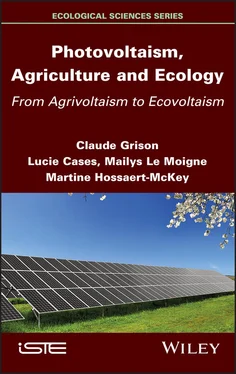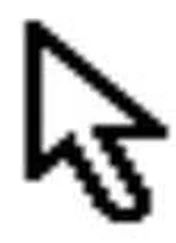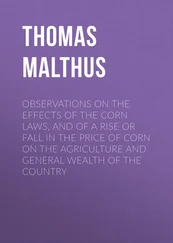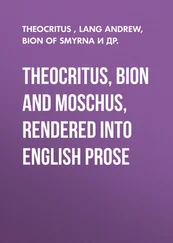The green pact or green deal for Europe proposes a roadmap that should lead to carbon neutrality in 2050 (Commission européenne 2019).
This goal is essential if we are to avoid disastrous climate change.
Energy transition, greenhouse gas reduction, carbon offsetting, carbon neutrality and the green deal are vital objectives. However, they are not the only ones. Everything cannot be reduced to a carbon rate. The energy transition must be carried out in an ecological manner, by giving ourselves the scientific and economic means capable of respecting life, whether human, animal or plant. It must be said that here too, many indicators are worrying:
– erosion of biodiversity, destruction of natural habitats of wild species, overexploitation of natural resources, multiplication of invasive animal and plant species that threaten already fragile ecosystems;
– sixth wave of extinction of species: a demonstrative example is the massive disappearance of insects, while the reproduction of 80% of flowering plants depends on them;
– environmental pollution: damage to aquatic systems threatening the quality of water resources, degradation of soil quality leading to a reduction in arable land at a time when demographic pressure is galloping and a reduction in air quality accompanied by the emission of particles, volatile organic compounds and gases harmful to humans, animals and plant species.
These few facts clearly prove that the energy transition must be ecological and environmental. All these problems are closely linked and intertwined.
How can we combine energy and ecological transition?
This book proposes to demonstrate that the implementation of renewable energies can be accompanied by an agricultural transition; that it can also accelerate ambitious and innovative ecological programs in harmonious interaction with many fields of activity (biodynamic agriculture, health ecology, alternative medicine, preservation of insect biodiversity and enrichment of the quality of poor and not very fertile soils, etc.). This transition is in line with the Sustainable Development Goals (SDGs), notably those responding to the global challenges of clean and affordable energy (SDG 7), the fight against climate change (SDG 13) and the preservation of life on Earth (SDG 15).

Figure I.3. A necessary energy and ecological transition
Among the different renewable energies (solar, wind, hydraulic, biomass (plants, organic waste), geothermal, marine), solar energy is the most advanced.
The sun, a natural and renewable source of energy, can lead to two uses:
– electricity production (photovoltaic solar energy);
– heat production (solar thermal energy) (Ministère de la Transition écologique 2020a).
In this book, we will focus on photovoltaic solar energy, which transforms solar radiation into electricity through photovoltaic cells integrated into photovoltaic panels. We will show how the development of photovoltaic parks can be integrated with new agricultural activities ( agrivoltaics ) and ecological activities ( ecovoltaics ).
This book is divided into three main chapters:
– Chapter 1introduces the basic concepts of photovoltaics and the photovoltaic industry through its various uses on rooftops, brownfield lands and drylands. It also addresses the degree of maturity of the industry and the thorny issue of life cycle assessment (LCA);
– Chapter 2deals with the cohabitation of photovoltaic and agricultural activities through agrivoltaics. The issues of cohabitation is addressed from different angles. A review of different experiences combining photovoltaics and agricultural activities is presented;
– Chapter 3presents recent initiatives that seek to associate a positive combination of photovoltaic parks and active ecology. This original approach, called ecovoltaics, is discussed through the first feedback from the field.
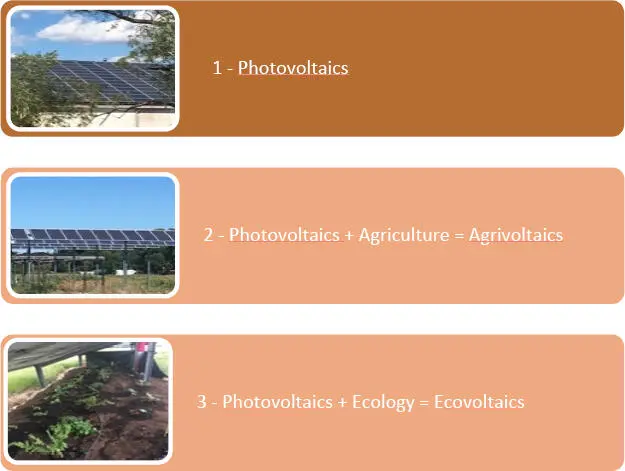
Figure I.4. Structure of the book
Конец ознакомительного фрагмента.
Текст предоставлен ООО «ЛитРес».
Прочитайте эту книгу целиком, купив полную легальную версию на ЛитРес.
Безопасно оплатить книгу можно банковской картой Visa, MasterCard, Maestro, со счета мобильного телефона, с платежного терминала, в салоне МТС или Связной, через PayPal, WebMoney, Яндекс.Деньги, QIWI Кошелек, бонусными картами или другим удобным Вам способом.
